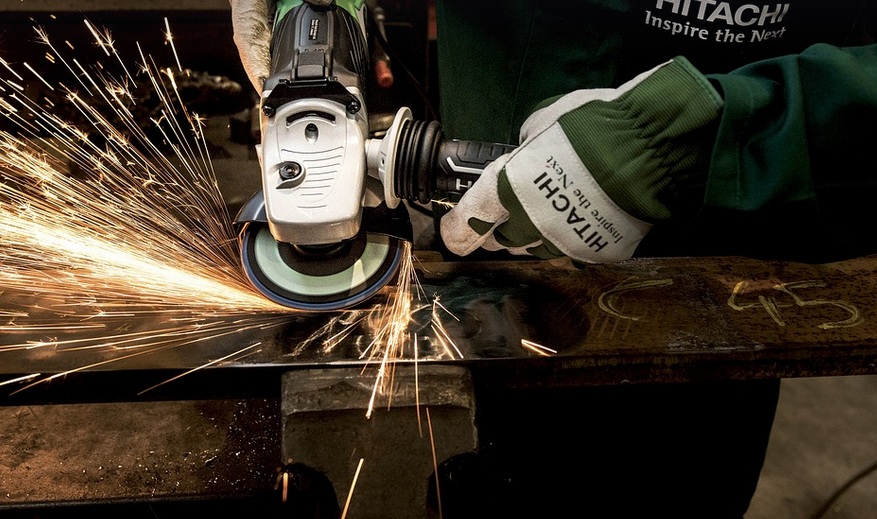Why Sealing is Essential
Concrete, by nature, isn’t water-resistant. This means that it can absorb moisture from the air or even direct rain, leading to various problems down the line. If left exposed to the elements, your birdbath can crack due to expansion and contraction of materials caused by temperature fluctuations. Moisture also increases the risk of algae growth, which not only disrupts the overall aesthetic but can also negatively impact the health of your birds.
The Benefits of Sealing
Sealing your birdbath offers a number of advantages, including: * **Protection from Weather:** Sealing effectively prevents water penetration and minimizes the risk of water damage caused by rain, snow, and freeze-thaw cycles. This ensures your bird bath remains in pristine condition even during harsh weather conditions. * **Algae Prevention:** Sealing acts as a barrier against algae growth. Algae thrives in damp environments, and sealing your birdbath helps reduce its chances of establishing itself, keeping the water clean and clear for your feathered companions. * **Longevity Extension:** A well-sealed birdbath will stand up to years of use without showing signs of wear and tear. It’s a smart investment in long-term durability.
Steps to Seal Your Concrete Birdbath: A Comprehensive Guide
Here’s a step-by-step guide to sealing your concrete birdbath for lasting protection and bird-friendly enjoyment: 1. **Prepare the surface:** Before you begin, ensure your birdbath is thoroughly clean and free of any debris. Use a stiff brush or scraper to remove dirt, dust, and any loose mortar if necessary. 2. **Choose a sealant type:** Sealants come in various forms like concrete sealers, acrylic coatings, epoxy resins, or even specialized bird bath sealers. Choose the one that best suits your needs and budget. * Concrete sealers are a good option for protecting against moisture penetration and algae growth; they’re available in both water-based and oil-based forms. * Acrylic coatings are easy to apply but may require multiple coats for optimal protection. * Epoxy resins offer exceptional durability and resistance to harsh conditions, making them ideal for high-traffic areas or outdoor settings. 3. **Apply the sealant:** Follow the manufacturer’s instructions carefully when applying the chosen sealant. * **For concrete sealers:** Apply a thin coat of sealer with a brush, roller, or sprayer. Ensure even coverage on all surfaces, including corners and edges. Let it dry before applying additional coats if necessary. * **For epoxy resins:** Use a trowel for even application and curing time according to manufacturer instructions. * **For acrylic coatings:** Apply multiple thin coats using a brush or roller, allowing each coat to dry thoroughly before applying the next one. 4. **Repeat for best results:** For optimal protection, apply two or three coats of sealant, depending on the type and desired coverage. Allow sufficient drying time between each coat as per manufacturer instructions. 5. **Clean up and enjoy your sealed birdbath:** Once the final coat is dry, clean any remaining sealant from surrounding areas to prevent staining or discoloration.
Tips for Maintaining Your Sealed Birdbath
* **Regular cleaning:** Clean your birdbath once a week with a mild detergent solution to remove dirt, debris, and algae growth. Rinse thoroughly and allow it to air dry before refilling. This prevents build-up and maintains the sealant’s effectiveness. * **Avoid extreme temperatures:** Protect your birdbath from extreme heat or cold by avoiding direct sunlight during hot days. Keep it shaded during peak temperatures. By following these tips, you can ensure your concrete birdbath is prepared for years of enjoyment and welcoming feathered friends year-round!
